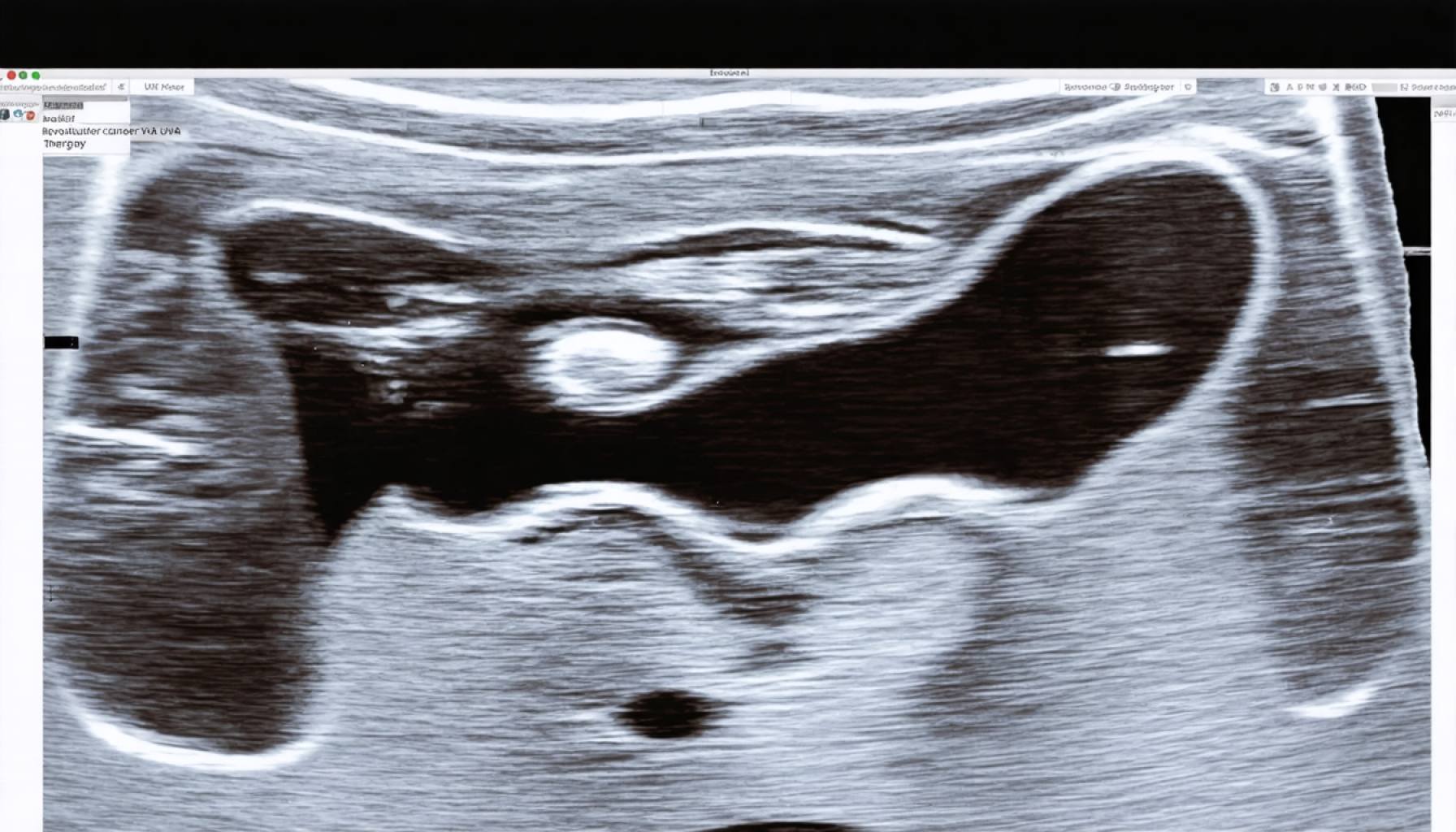- UVA Health introduces histotripsy, a pioneering non-invasive treatment for liver cancer using sound waves.
- This innovative therapy targets tumors with unmatched precision, eliminating the need for traditional surgery.
- Histotripsy significantly reduces recovery times and complications, offering new hope for patients with limited treatment options.
- The procedure minimizes infection risk and protects healthy tissues, enhancing both patient safety and recovery quality.
- UVA Health leads Virginia in integrating advanced technology with compassionate, patient-focused care.
- This advancement highlights a shift towards more effective and less invasive cancer treatments, improving patients’ quality of life.
In the rolling hills of Charlottesville, medical innovation is reshaping the future of cancer treatment. UVA Health has unveiled a cutting-edge therapy for liver cancer that promises to revolutionize patient care. Using the power of sound, this non-invasive procedure known as histotripsy targets tumors with precision that was previously unimaginable.
Picture the gentle waves of an ultrasound, but instead of creating grainy images, these waves are focused and fierce, breaking tumors apart at a cellular level. This groundbreaking therapy marks a milestone as UVA Health becomes the vanguard in Virginia, spearheading an approach that eliminates the need for scalpels, incisions, or needles.
Gone are the days when surgery was the only recourse for liver cancer patients, many of whom face multiple hurdles on their journey to recovery. Traditional surgical methods, while effective, often come with a lengthy and arduous healing process. This new technique offers a beacon of hope, significantly reducing recovery times and potential complications. Patients who previously had limited options may now find themselves candidates for this revolutionary treatment.
The advantages are striking. With histotripsy, the absence of surgical cuts translates to a minimized risk of infection and quicker healing, a lifeline for those who have endured the wearisome battle against cancer. The procedure’s precision also protects surrounding healthy tissues, preserving the body’s delicate balance while effectively disintegrating the cancerous threat.
For the medical community, this innovation is more than just a treatment; it is a herald of what’s possible when technology meets human compassion. As healthcare continues to evolve, UVA Health stands on the leading edge, blending state-of-the-art techniques with patient-centered care.
The overarching message is clear: the future of liver cancer treatment is brighter and less invasive. Thanks to advancements like histotripsy, patients can envision a recovery path that prioritizes both efficacy and quality of life.
Ultimately, this is about more than just medical progress; it is about restoring hope, one ultrasonic pulse at a time.
Revolutionizing Cancer Care: What You Need to Know About Histotripsy for Liver Cancer
Understanding Histotripsy: A New Frontier in Liver Cancer Treatment
In the realm of cancer treatment, histotripsy emerges as a groundbreaking, non-invasive therapy that harnesses the power of focused ultrasound waves to destroy tumors at a cellular level. This innovative approach, pioneered by UVA Health, aims to revolutionize the way liver cancer is treated, offering hope to patients who traditionally faced invasive surgeries. But how exactly does histotripsy work, and what does it mean for the future of cancer care?
How Histotripsy Works
Histotripsy utilizes precise, intense sound waves to target liver tumors, breaking them apart without the need for incisions or scalpels. Unlike conventional ultrasound imaging, these waves are focused and destructive, enabling physicians to disintegrate cancerous cells while preserving healthy surrounding tissues. This precision minimizes the risk of infection and accelerates the healing process, offering a less burdensome recovery for patients.
Real-World Use Cases and Benefits
Patients with inoperable liver tumors or those seeking alternatives to traditional surgery can benefit significantly from histotripsy. Key advantages include:
– Reduced Recovery Time: Without the need for incisions, patients experience shorter hospital stays and quicker returns to daily activities.
– Minimized Risk of Complications: The absence of surgical cuts decreases the chance of infections and post-operative complications.
– Increased Eligibility: Patients who were once considered unsuitable for surgery may now have access to this treatment.
Controversies and Limitations
While histotripsy offers many benefits, it is not without its challenges. The technology is still relatively new, and long-term studies are needed to fully understand its efficacy and potential side effects. Additionally, the availability of histotripsy may be limited, as it requires specialized equipment and trained professionals.
Market Forecasts & Industry Trends
The medical field anticipates a growing market for non-invasive cancer treatments like histotripsy. As the technology advances and more healthcare providers adopt it, histotripsy is set to become a standard option for liver cancer therapy. This trend aligns with a broader push towards patient-centered care and precision medicine.
Insights & Predictions
Experts predict that histotripsy could pave the way for similar non-invasive treatments for other types of cancer. As research continues, we may see the expansion of this technique to address various tumor types, potentially transforming cancer care across the board.
Actionable Recommendations
For patients considering histotripsy, it’s essential to consult with healthcare professionals to determine the suitability of the treatment based on specific medical conditions. Always seek a second opinion and inquire about the experience and success rates of the medical facility in administering histotripsy.
Quick Tips for Patients
– Stay Informed: Research histotripsy and discuss potential benefits and risks with your oncologist.
– Consider Clinical Trials: Explore opportunities to participate in clinical trials for histotripsy, which could provide access to cutting-edge treatments.
– Focus on Overall Wellness: Maintain a healthy lifestyle to support recovery and optimize treatment outcomes.
For more information about cancer treatments and ongoing innovations, visit the UVA Health website and consult with medical professionals specialized in oncology.
The future of cancer care is indeed looking brighter, with histotripsy leading the charge toward less invasive, more effective treatment options for liver cancer patients.









